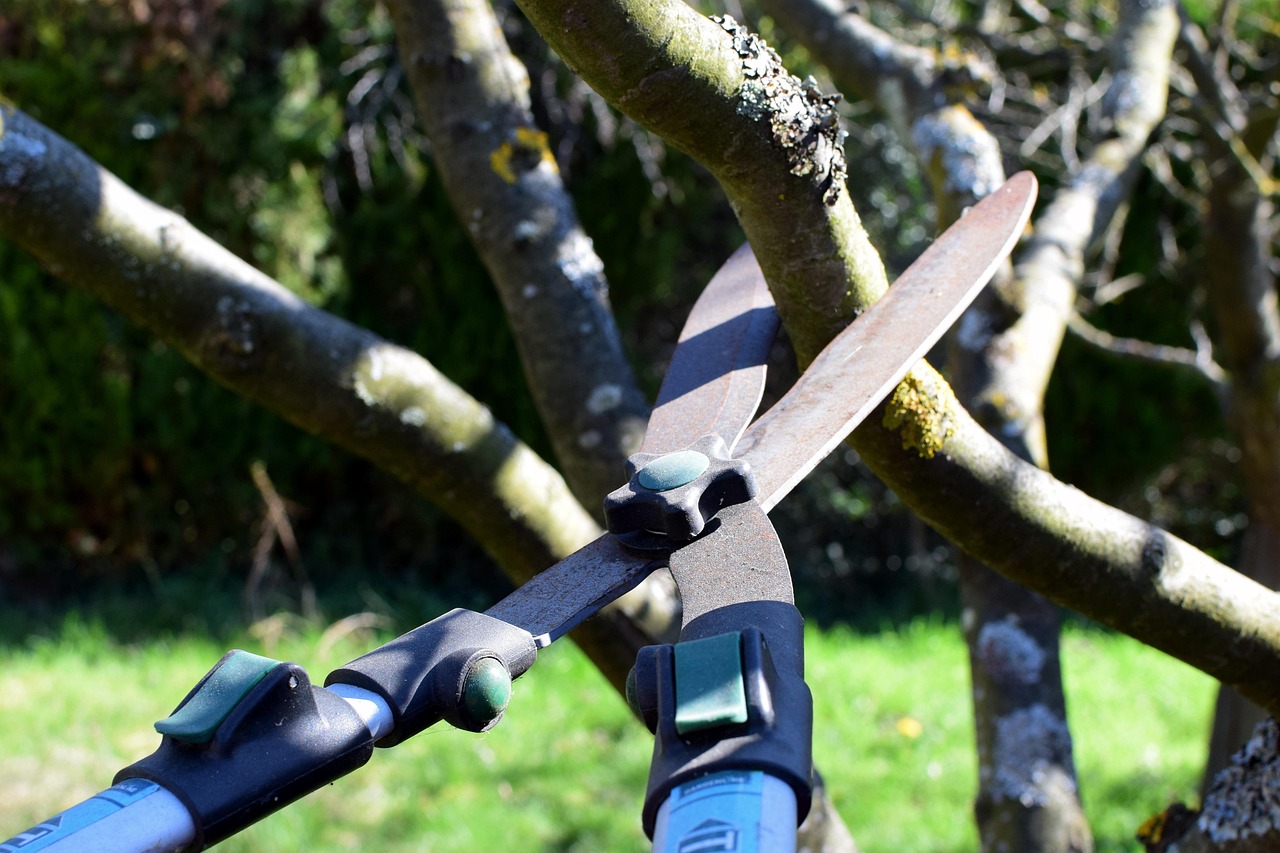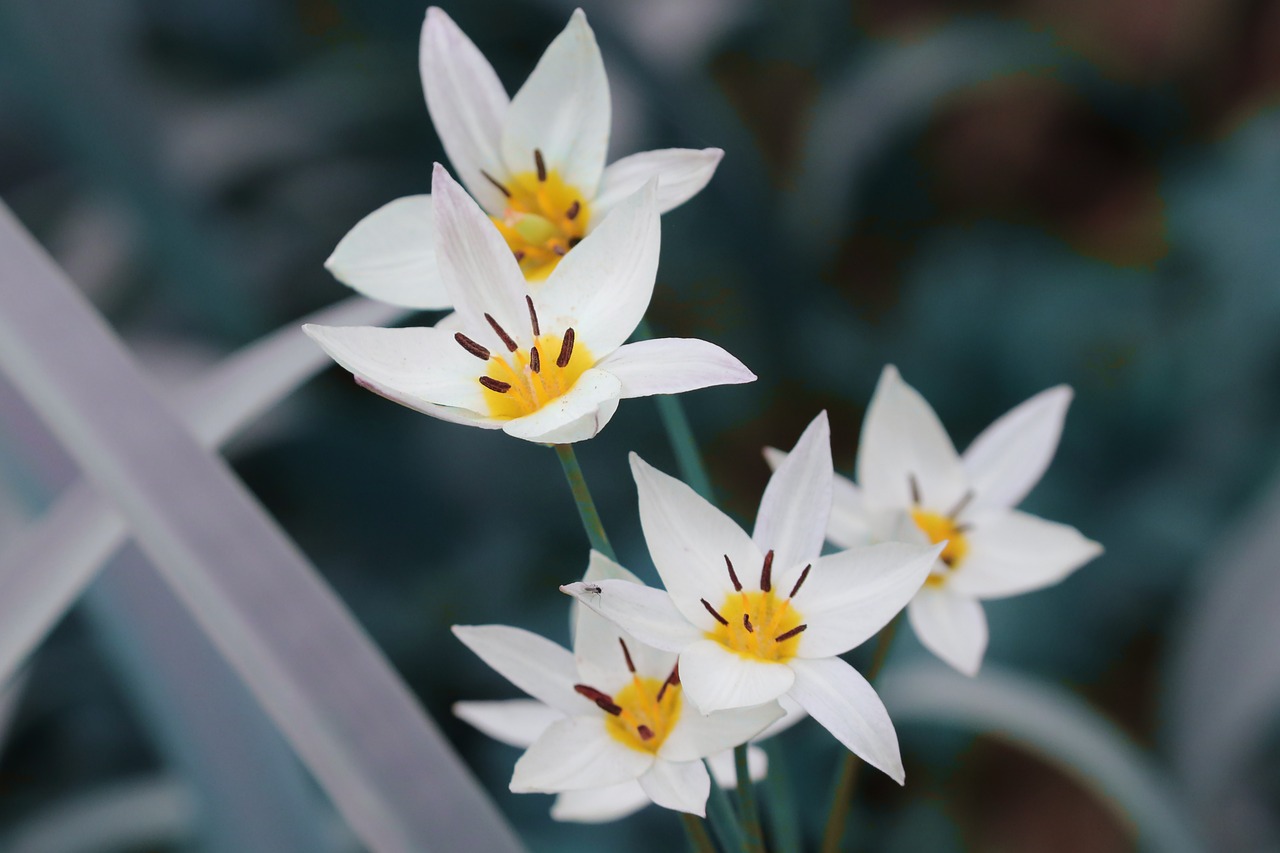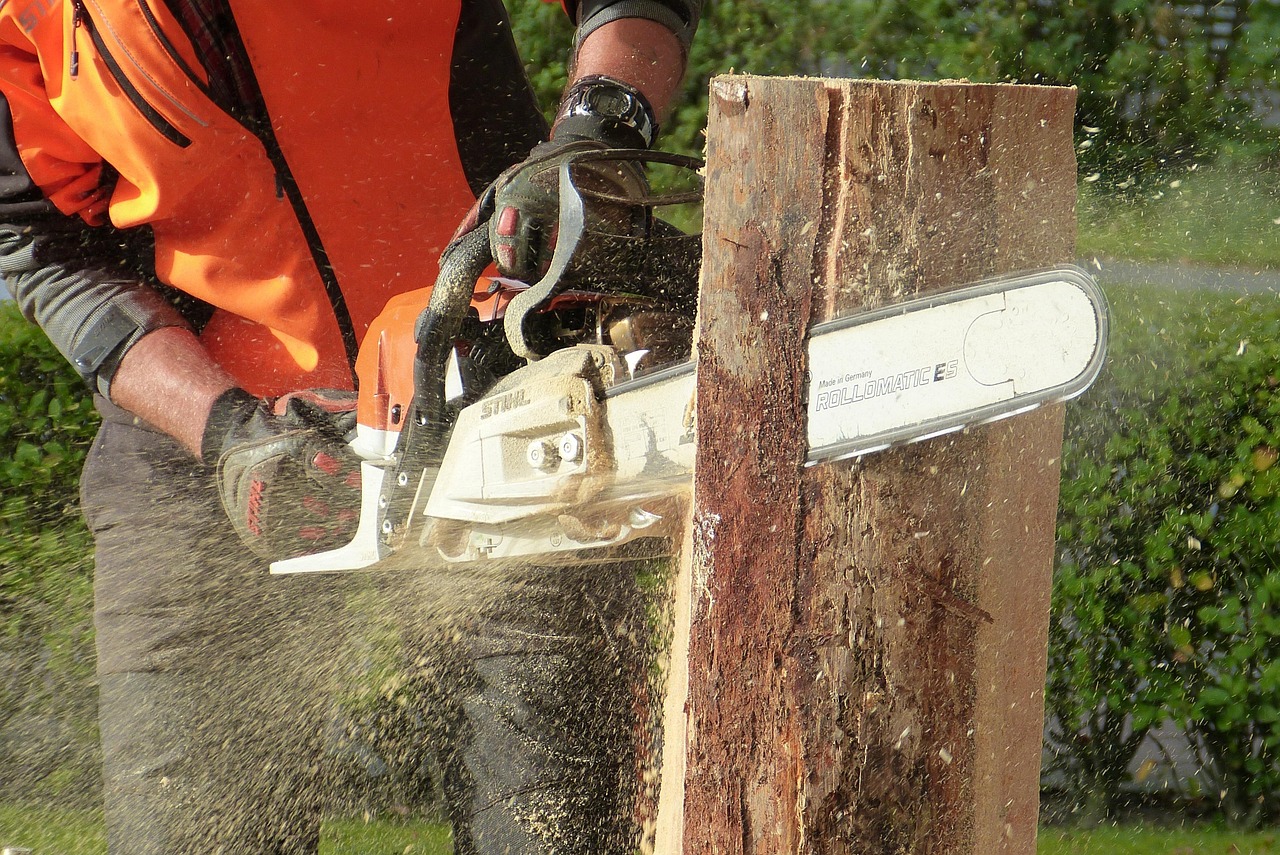Tulip tree pruning methods involve selective trimming to maintain tree health, shape, and vitality. Regular maintenance ensures proper growth, encourages flowering, and prevents disease. Pruning should be done during early spring or late winter before new growth begins.
The tulip tree, also known as Liriodendron tulipifera, is a large deciduous tree native to North America. It is celebrated for its stunning tulip-shaped flowers and distinctive foliage. These trees can grow up to 100 feet tall, making them an impressive addition to any landscape. However, like all trees, tulip trees require regular maintenance to thrive. One of the most crucial maintenance tasks is pruning.

Pruning helps manage the tree’s size and shape while removing dead or diseased branches. This not only enhances the tree’s appearance but also promotes healthy growth and prevents potential hazards. Understanding the best practices for pruning tulip trees is essential for any gardener or homeowner looking to keep their trees in optimal condition.
Understanding Tulip Tree Growth
Tulip trees can grow rapidly and reach significant heights. Their growth habit can lead to a thick canopy that may require periodic thinning. Regular pruning helps maintain an open structure, allowing sunlight and air to penetrate the tree’s interior. This is vital for overall health, as it reduces the risk of fungal diseases and pest infestations.
Before starting the pruning process, it’s essential to understand the tree’s natural growth patterns. Tulip trees typically have a straight trunk with upward-reaching branches. This growth pattern means that improper pruning can lead to unsightly shapes or even damage the tree’s structure.

When to Prune Tulip Trees
The timing of pruning is critical. The best times to prune tulip trees are:
- Late winter (February to March) before new growth starts
- Early spring (April) after the last frost has passed
Pruning during these times minimizes stress on the tree and promotes healthy regrowth. Avoid pruning in late summer or fall, as this can stimulate new growth that may not harden off before winter.
Tools Needed for Pruning
Having the right tools is essential for effective pruning. Here are some recommended tools:

- Bypass pruners for small branches
- Loppers for medium-sized branches
- Saws for larger limbs
- Gloves for hand protection
- Safety glasses to protect eyes
| Tool | Use |
|---|---|
| Bypass Pruners | For cutting small branches up to ¾ inch thick |
| Loppers | For branches between ¾ inch and 2 inches thick |
| Saw | For larger branches over 2 inches thick |
Pruning Techniques for Tulip Trees
There are several techniques to consider when pruning tulip trees. Each method serves a specific purpose, depending on the desired outcome.
Crown Thinning
Crown thinning involves selectively removing branches throughout the tree’s canopy. This technique improves light penetration and air circulation. It helps reduce the weight on heavy limbs, which can prevent breakage during storms. When thinning, aim to remove no more than 20% of the crown at one time.
Crown Raising
Crown raising focuses on removing lower branches to increase vertical clearance. This is particularly useful if the tree is close to walkways or buildings. Removing lower branches promotes a cleaner look and allows for better access underneath the tree.

Crown Reduction
Crown reduction reduces the height and spread of the tree without compromising its natural shape. This technique is beneficial for trees that have outgrown their space. It involves cutting back the length of branches and should be done carefully to maintain balance.
Deadwooding
Deadwooding is the process of removing dead, damaged, or diseased branches from the tree. This not only improves the aesthetics of the tree but also helps prevent potential hazards. Dead branches can attract pests or fall unexpectedly, posing risks to people and property.
Understanding these pruning techniques will help you maintain a healthy and beautiful tulip tree. Each method serves a purpose and can be adapted based on the specific needs of your tree and landscape.
Common Mistakes When Pruning Tulip Trees
While pruning is essential for maintaining the health and shape of tulip trees, several common mistakes can hinder their growth or even damage the tree. It is important to be aware of these pitfalls to ensure effective pruning.
Pruning at the Wrong Time
One of the most significant mistakes is pruning at the incorrect time of year. Pruning during late summer or fall can stimulate new growth that may not survive frost. Additionally, pruning during the tree’s active growth phase can stress the plant. Always aim to prune during late winter or early spring.
Over-pruning
Another common mistake is removing too many branches at once, known as over-pruning. This can shock the tree and lead to poor growth or even death. A good rule of thumb is to avoid removing more than 20% of the tree’s canopy in a single season.
Ignoring Tree Structure
Failing to consider the natural structure of the tree can lead to an unbalanced or unattractive appearance. Always assess how each cut will affect the overall shape of the tree. Make cuts that maintain the tree’s natural form while promoting healthy growth.
Using Dull Tools
Using dull or improper tools can cause jagged cuts, increasing the risk of disease. Always ensure your pruning tools are sharp and well-maintained. Clean tools before and after use to prevent cross-contamination between plants.
The Role of Mulching and Watering in Tree Health
In addition to pruning, proper care practices like mulching and watering are vital for maintaining a healthy tulip tree. These practices support overall tree health and complement your pruning efforts.
Benefits of Mulching
Mulching provides numerous benefits for tulip trees:
- Moisture retention: Mulch helps retain soil moisture, reducing the need for frequent watering.
- Weed suppression: A layer of mulch minimizes competition from weeds, allowing the tree to absorb nutrients better.
- Soil temperature regulation: Mulch helps maintain stable soil temperatures, promoting healthy root development.
How to Apply Mulch
When applying mulch, follow these guidelines:
- Select organic mulch materials such as wood chips, bark, or straw.
- Spread a layer of mulch 2-4 inches deep around the base of the tree, avoiding direct contact with the trunk.
- Extend the mulch circle out to the drip line, where the branches end.
The Importance of Watering
Proper watering is crucial for the health of your tulip tree. Young trees require more frequent watering until their roots are established. Consider these tips for effective watering:
- Water deeply and less frequently to encourage deep root growth.
- Avoid over-watering, which can lead to root rot.
- Monitor soil moisture levels using your finger or a moisture meter.
| Age of Tree | Watering Frequency |
|---|---|
| 0-1 years | Once every week |
| 1-3 years | Every 10-14 days |
| 3 years and older | As needed, depending on weather conditions |
Pest and Disease Management in Tulip Trees
Pest and disease management is an integral part of maintaining a healthy tulip tree. Being proactive can prevent infestations and diseases that may harm your tree.
Common Pests
Tulip trees can be susceptible to several pests:
- Tulip Tree Scale: This insect produces a waxy coating that can cover branches and leaves, leading to yellowing foliage.
- Aphids: These small insects suck sap from leaves, causing them to curl and distort.
- Caterpillars: Various caterpillar species may feed on leaves, leading to defoliation.
Disease Concerns
Diseases that affect tulip trees include:
- Leaf Spot: Fungal infections that result in brown spots on leaves.
- Cankers: Open wounds on branches that can lead to dieback.
- Root Rot: Caused by over-watering or poor drainage, leading to declining health.
Pest and Disease Management Strategies
Implementing effective strategies will help manage pests and diseases:
- Regularly inspect your tulip tree for signs of pests or disease.
- Use insecticidal soap or horticultural oil for pest control.
- Avoid overhead watering to minimize fungal diseases.
- If necessary, consult with a certified arborist for severe infestations or disease management.
By paying attention to these factors, you can ensure that your tulip tree remains healthy and vibrant throughout its life cycle. Proper pruning, combined with good care practices, will yield impressive results for both aesthetics and tree health.
Tools and Techniques for Effective Pruning
Successful pruning of tulip trees requires not only knowledge of the best practices but also the right tools and techniques. Understanding how to use various tools effectively can make a significant difference in the outcome of your pruning efforts.
Essential Pruning Tools
Using the correct tools ensures clean cuts, minimizes injury to the tree, and reduces the risk of disease. Here are some essential tools for pruning tulip trees:
- Hand Pruners: Ideal for cutting small branches up to ¾ inch thick. Bypass pruners are preferred for clean cuts.
- Loppers: These provide greater leverage and are suitable for branches between ¾ inch and 2 inches thick.
- Pruning Saws: Essential for larger branches over 2 inches thick. A folding saw is convenient for reaching higher areas.
- Straight Blades: Useful for making precise cuts on smaller limbs.
- Tree Climbing Gear: For higher branches, consider safety harnesses and ropes to ensure safe access.
Pruning Techniques
Each pruning technique has its own set of best practices to follow:
Making Clean Cuts
Always aim for clean cuts to minimize damage:
- Make cuts at a slight angle to promote water runoff and prevent rot.
- Avoid tearing bark by cutting just outside the branch collar—the swollen area at the base of the branch.
- For heavy limbs, use the three-cut method to prevent stripping bark: make an undercut, then a top cut, and finally remove the branch.
Maintaining Balance
When pruning, maintaining balance in the tree’s canopy is crucial:
- Aim to remove branches evenly from all sides to keep the tree symmetrical.
- Assess the tree’s overall shape before making any cuts to ensure a balanced appearance.
- Regularly step back to evaluate how your cuts affect the tree’s profile.
Seasonal Pruning Tasks
In addition to routine annual pruning, seasonal tasks can enhance the health and appearance of tulip trees:
Spring Pruning
During spring, focus on:
- Removing any winter-damaged branches.
- Crown thinning to ensure adequate light reaches the lower leaves.
- Inspecting for signs of pests or diseases that may have emerged during winter.
Summer Maintenance
In summer, consider light maintenance:
- Remove any dead or diseased branches as they become visible.
- Monitor the canopy for any overcrowded areas that may need thinning.
Fall Preparation
As fall approaches, prepare your tulip tree for winter by:
- Clearing debris around the base of the tree to prevent fungal growth.
- Applying mulch to insulate roots from cold temperatures.
Aftercare Following Pruning
After pruning, providing proper care is essential for recovery:
- Watering: Ensure the tree receives adequate water, especially during dry spells.
- Fertilization: Consider applying a balanced fertilizer in early spring to support new growth.
- Pest Monitoring: Keep an eye out for pests that may target newly exposed areas after pruning.
| Task | Recommended Timing | Purpose |
|---|---|---|
| Crown Thinning | Spring | Improves light penetration and air circulation |
| Deadwooding | Throughout the growing season | Removes hazards and improves aesthetics |
| Pest Inspection | Spring and Summer | Identifies potential threats early |
| Mulching | Fall | Insulates roots and retains moisture |
The Benefits of Professional Pruning Services
If you find pruning daunting or if your tulip tree is particularly large or complex, hiring a professional can be advantageous. Here are some benefits of using professional pruning services:
- Expert Knowledge: Professionals understand tree biology and can make informed decisions about when and how to prune.
- Safety: Trained arborists use proper equipment and techniques to minimize risks associated with working at heights.
- Health Assessment: Professionals can identify underlying health issues that may require attention beyond just pruning.
- Aesthetic Enhancement: Experts can enhance the beauty of your tree while ensuring its longevity and health.
By considering these aspects, you can develop a comprehensive approach to maintaining your tulip tree through effective pruning methods and additional care practices. Keeping these guidelines in mind will help you foster a thriving environment for your tree while ensuring it remains a focal point in your landscape.
Additional Considerations for Tulip Tree Care
In addition to pruning, there are several other considerations that can significantly impact the health and growth of your tulip tree. Understanding these factors will help you provide comprehensive care.
Soil Quality and Fertility
Soil plays a critical role in the overall health of your tulip tree. Here are some tips for ensuring your tree has the best soil conditions:
- Soil Testing: Conduct a soil test to determine pH and nutrient levels. Tulip trees prefer slightly acidic to neutral soil (pH 6.0 to 7.0).
- Amendments: Based on soil test results, consider adding organic matter such as compost or well-rotted manure to improve nutrient content and soil structure.
- Drainage: Ensure good drainage to prevent root rot. If your soil is heavy clay, you might want to consider building raised beds or mounds.
Environmental Conditions
Tulip trees thrive in specific environmental conditions. Here are some factors to keep in mind:
- Sunlight: These trees prefer full sun, ideally receiving at least six hours of direct sunlight daily.
- Wind Protection: While tulip trees are generally hardy, young trees may need protection from strong winds until established.
- Temperature: Tulip trees are hardy in USDA zones 4 through 9, making them suitable for many regions across North America.
Seasonal Changes and Tree Behavior
Understanding how your tulip tree behaves throughout the seasons can help you anticipate its needs:
- Spring: Expect vigorous growth as new leaves and flowers emerge. This is a crucial time for pruning and monitoring health.
- Summer: Focus on watering and pest monitoring. The tree may require additional care during hot and dry spells.
- Fall: This is a good time for final pruning touches and preparing the tree for winter.
- winter: Limit activity during dormancy, but keep an eye on potential snow load on branches.
Trees and Wildlife
Tulip trees can play a significant role in local wildlife ecosystems. Here’s how:
- Habitat: The dense canopy provides shelter for birds and small animals.
- Nectar Source: The flowers attract various pollinators, including bees and butterflies, aiding in biodiversity.
- Food Source: The seeds are an important food source for squirrels and birds during the fall.
Final Thoughts
Caring for a tulip tree involves understanding its unique needs and maintaining its health through proper pruning techniques, soil management, and environmental considerations. By following the guidelines outlined in this article, you can ensure that your tulip tree flourishes for years to come.
Each season presents its own opportunities for care, from pruning in early spring to monitoring pests in summer. Remember that while pruning is essential, it is just one aspect of maintaining the overall vitality of your tree. Comprehensive care practices will enhance both the beauty and longevity of your tulip tree.
If you ever feel uncertain about your tree care routine, don’t hesitate to consult with professionals who can provide expert guidance tailored to your specific situation. A well-maintained tulip tree not only improves the aesthetics of your landscape but also contributes positively to the local ecosystem. With thoughtful care and attention, your tulip tree can thrive and bring joy for generations.
This holistic approach to tulip tree maintenance underscores the importance of ongoing education and awareness. As environmental conditions change, staying informed about best practices will help you adapt your care techniques accordingly, ensuring a resilient and beautiful tree at the heart of your landscape.
